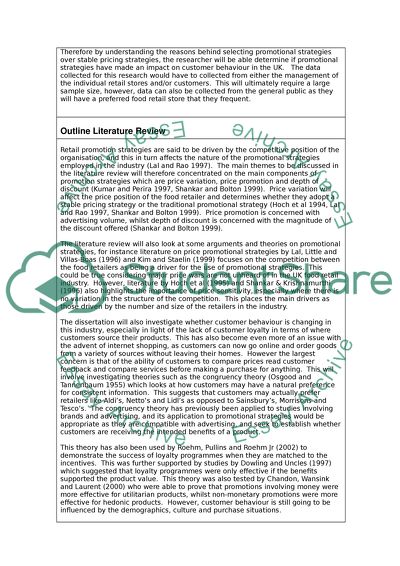Cite this document
(“Exploring the impact of retail promotion strategy on customer Essay”, n.d.)
Exploring the impact of retail promotion strategy on customer Essay. Retrieved from https://studentshare.org/marketing/1540454-exploring-the-impact-of-retail-promotion-strategy-on-customer-behaviour
Exploring the impact of retail promotion strategy on customer Essay. Retrieved from https://studentshare.org/marketing/1540454-exploring-the-impact-of-retail-promotion-strategy-on-customer-behaviour
(Exploring the Impact of Retail Promotion Strategy on Customer Essay)
Exploring the Impact of Retail Promotion Strategy on Customer Essay. https://studentshare.org/marketing/1540454-exploring-the-impact-of-retail-promotion-strategy-on-customer-behaviour.
Exploring the Impact of Retail Promotion Strategy on Customer Essay. https://studentshare.org/marketing/1540454-exploring-the-impact-of-retail-promotion-strategy-on-customer-behaviour.
“Exploring the Impact of Retail Promotion Strategy on Customer Essay”, n.d. https://studentshare.org/marketing/1540454-exploring-the-impact-of-retail-promotion-strategy-on-customer-behaviour.


